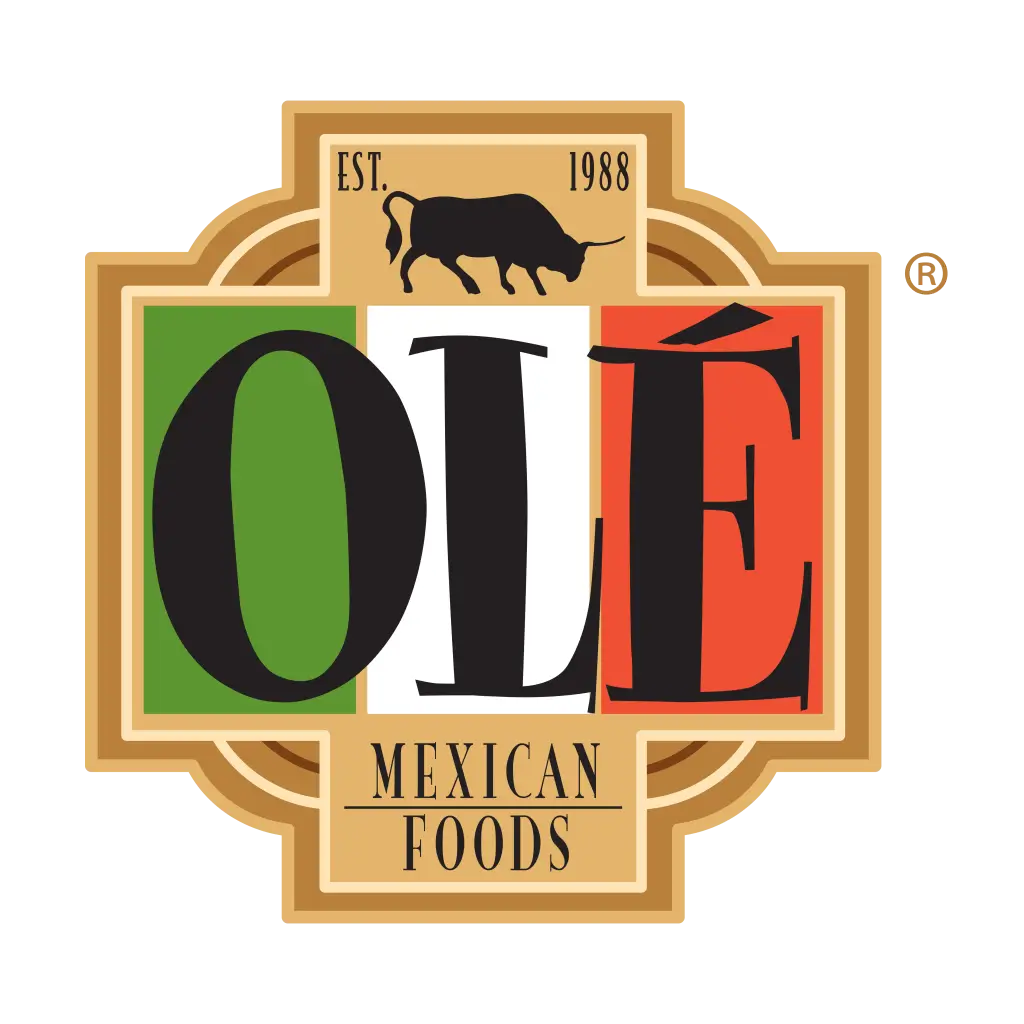Cinco de Mayo vs. Day of the Dead: Unveiling the Mexican Celebratory Melting Pot

Mexican culture is rich, vibrant, and renowned for its festive traditions. Two of its most eminent celebrations, Cinco de Mayo and Day of the Dead, often blur into each other for outside observers, yet they hold distinct significance and unique ways of being celebrated. Understanding the differences is not just a matter of cultural knowledge but a way to imbue one’s celebrations with meaning and authenticity. This deep-dive exploration will show you the disparities and connections between these two lively occasions, offering a roadmap to authentic honoring and revelry.

What is Cinco de Mayo?
Cinco de Mayo is often associated with Mexican independence, but it actually commemorates the Battle of Puebla, where Mexican forces unexpectedly defeated the French in 1862. While not a public holiday in Mexico, it has become a significant date for the Mexican-American community, with parades, mariachi music, and regional Mexican food taking center stage. The day primarily highlights the spirit of Mexican nationalism and unity.
The History of Cinco de Mayo
The 5th of May holds a special place in the hearts of many Mexican Americans. Despite the French army’s initial victory at the Battle of Puebla, the win for Mexican forces was a symbol of resilience and a source of national pride.
Cinco de Mayo Traditions
This festive occasion is often celebrated with a mix of traditional and modern elements. Festivities might include folkloric dance, reenactments of the Battle of Puebla, and the enjoyment of mole poblano, a dish synonymous with the holiday.
What is Day of the Dead?
Day of the Dead, or Día de los Muertos, is one of the most significant and elaborate Mexican holidays. It is a time of remembrance, celebration, and honoring the departed. The holiday spans from October 31 to November 2 and is a fusion of indigenous Aztec ritual with Catholicism brought to the region by Spanish conquistadors.
The Essence of Day of the Dead
Day of the Dead is a joyful time for family and friends to come together to remember loved ones who have passed away. Altars are adorned with marigolds, sugar skulls, and the favorite foods of the deceased, serving as a means to honor them and encourage their spiritual journeys.
Observing Day of the Dead
Families engage in a series of rituals, from visiting gravesites to spending the night next to their ancestors’ tombs, sharing stories, and even having picnics at the cemetery. It’s a time for reflection and a celebration of life through the acceptance of death as a natural part of the human experience.
Comparing Cinco de Mayo and Day of the Dead
Though Cinco de Mayo and Day of the Dead both originate from Mexico and hold cultural significance, they are distinct in their observation and intent. One marks a historical military triumph; the other is a deeply rooted spiritual and familial tradition.
The Unique Traditions of Each Holiday
The variety of traditions is what sets these holidays apart. Day of the Dead is a somber yet celebratory event, blending solemn ceremonial practices with lively street festivals. In contrast, Cinco de Mayo is a celebration of unity and national pride, with vibrant parades and music.
The Cuisine of Cinco de Mayo and Day of the Dead
Cinco de Mayo cuisine often includes traditional Mexican dishes such as guacamole, churros, and a variety of tacos. For Day of the Dead, families prepare ‘pan de muerto’ (‘bread of the dead’) and enjoy the deceased’s favorite foods, symbolizing the unity between the living and the souls of the departed.
Crafting an Authentic Celebration with La Banderita
To honor these celebrations in an authentic way, it’s important to choose ingredients that reflect the true essence of the holidays. The right flavors and products can transform an ordinary gathering into an experience that respectfully nods to the traditions behind Cinco de Mayo and Day of the Dead.
La Banderita tortillas for Cinco de Mayo and Day of the Dead
La Banderita offers a range of authentic Mexican ingredients that can be used to prepare traditional dishes, such as tortillas for tacos for Day of the Dead, and a variety of dips and sauces that add an extra layer of flavor to any celebration.
Why the Difference Matters
Understanding the significance and unique practices of these two holidays is crucial for those wishing to respectfully honor them. It’s about much more than just throwing a themed party; it’s an opportunity to connect with a deep-rooted culture and history in a meaningful way.
Cultural Appropriation vs. Appreciation
Lingering on the surface with sombreros and tequila might seem fun, but it can be insensitive or offensive. Taking the time to understand the full story behind the Cinco de Mayo and Day of the Dead can transform celebrations into acts of genuine cultural appreciation that respect the roots of the festivities.
Celebrating Cinco de Mayo and Day of the Dead Responsibly
Engaging with these celebrations is a great way to learn about the richness of Mexican culture. Whether you’re of Mexican descent, a long-time celebrant, or someone looking to experience new traditions, the key is to partake with proper context and respect for the intended spirit of each holiday.
Ways to Partake While Being Mindful
If you’re celebrating Cinco de Mayo or Day of the Dead, consider attending local events that focus on history and tradition, crafting or purchasing decorations and costumes from Mexican artisans, or taking part in educational activities that allow for a deeper appreciation of the day.
Conclusion: Cinco De Mayo Day of the Dead
The distinction between these two festive occasions is definitive, yet the celebrations of both are equally joyful and hold enormous significance. Cinco de Mayo commemorates a historic victory for Mexican unity, while Day of the Dead is about the continuity of life and the remembrance of loved ones who have passed. By understanding and respecting the unique facets of both holidays, we can participate in meaningful and culturally resonant celebrations that serve to unite rather than appropriate.
Cultural understanding breeds a more interconnected world, one where diversity is celebrated in all its richness. This Cinco de Mayo and Day of the Dead, take the extra step to celebrate with knowledge and respect. It will not only enhance your experiences with these vibrant traditions but will also be an honor to the cultures that so graciously share their history with us.








